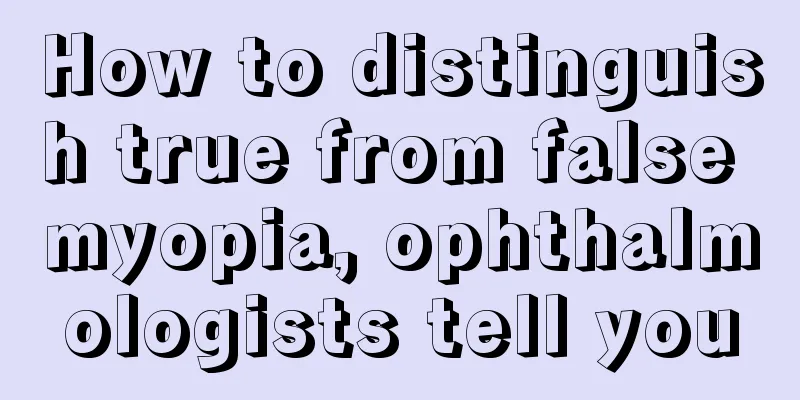How to treat perianal folliculitis

|
Since I graduated from school and started working, I have rarely had time to exercise. I feel that my health is not as good as before, especially since I have to sit in front of the computer every day. Recently, I feel pain in my buttocks when I sit down. After examination, I found that it is perianal folliculitis. I am very worried. Will this disease affect my future life and will it leave any consequences? How to treat it? Anal folliculitis is a subacute suppurative folliculitis and perifolliculitis caused by bacteria invading the hair follicles. It can be primary or a complication of other skin diseases. 1. Etiology and pathology The pathogens are Staphylococcus or Streptococcus, mainly Staphylococcus aureus; the disease can occur when the body's resistance is weakened, the skin is unclean, or the skin is damaged by scratching. Symptoms and Diagnosis At the beginning, red follicular papules ranging in size from a needle tip to a mung bean appear at the opening of the hair follicle. After 1-2 days, a small yellow-white pus head quickly forms on the top of the papule, surrounded by an inflammatory red halo. There are often hair follicles running through the center. There are many papules, with a scattered layout and no fusion. There is mild pain and obvious itching, but generally no systemic symptoms. After several days, the pus head bursts, discharges a small amount of pus and gradually heals. After the scab falls off, some pigmentation remains temporarily. If it recurs and lasts for several weeks, it will become chronic folliculitis. In diagnosis, it should be differentiated from anal furuncle: folliculitis is shallow and small; anal furuncle is deep folliculitis and perifolliculitis with central pus plug. Treatment (I) Clearing away heat, detoxifying, dispelling wind and removing dampness: The commonly used prescription is Phellodendron 9g, Honeysuckle 30g, Viola yedoensis 30g, Forsythia suspensa 12g, Rhubarb 9g, Licorice 4g, Radix Dioscoreae 9g, Mung Bean 30g, Periostracum Cicadae 5g. Decoction in water, one dose per day. (ii) If necessary, tetracycline or sulfonamide drugs can be taken orally, or broad-spectrum antibiotics can be injected, and sufficient amounts of B vitamins can be given at the same time. For patients with recurrent attacks, placental tissue fluid or placental tissue slurry can be injected intramuscularly 2-3 times a week. (III) External medications: 2.5% iodine tincture, 10% ichthyol ointment, coptis ointment, neomycin ointment, etc. The treatment of perianal folliculitis is not just relying on medication, but also requires attention to dietary treatment and proper exercise. Only in this way can you better improve your physical fitness, and naturally there will be fewer diseases. |
<<: Dangerous fashion: the health risks behind tattoos for men and women
>>: How to avoid bacterial mumps
Recommend
There are many moles on the body
In our lives, many people have moles on their bod...
How often should I use body scrub
I believe that all girls love to be beautiful, so...
How to care for advanced lung cancer? Nursing methods for advanced lung cancer
Lung cancer is a very harmful disease, with a hig...
What are the consequences of not treating mold
Because of lifestyle habits and other reasons, ma...
A dietary therapy that is effective for the recovery of patients with colorectal cancer
Patients with colorectal cancer often experience ...
Is it good for your skin if you don’t wash your face for three days?
You need to wash your face when you wake up every...
How should pancreatic cancer be treated
At present, surgery is the first choice for the t...
Can I eat mango after surgery
From the perspective of food characteristics, man...
Pathological types and characteristics of prostate cancer
Prostate cancer (PCa) is the most common malignan...
What causes stomach pain and bloody stools?
If stomach pain is accompanied by bloody stools, ...
How long will it take for the stomach to hurt before giving birth
When a pregnant woman reaches her due date, she m...
See how to choose the most famous hospital for brain cancer
Many brain tumors have no obvious symptoms in the...
Cinnabar can help people hypnotize
Cinnabar, also known as red dan, is a chemical su...
How to ease the heartache after a breakup
It's the annual breakup season again. More an...
What should we pay attention to in lumbar MRI
Lumbar magnetic resonance imaging is actually a m...









